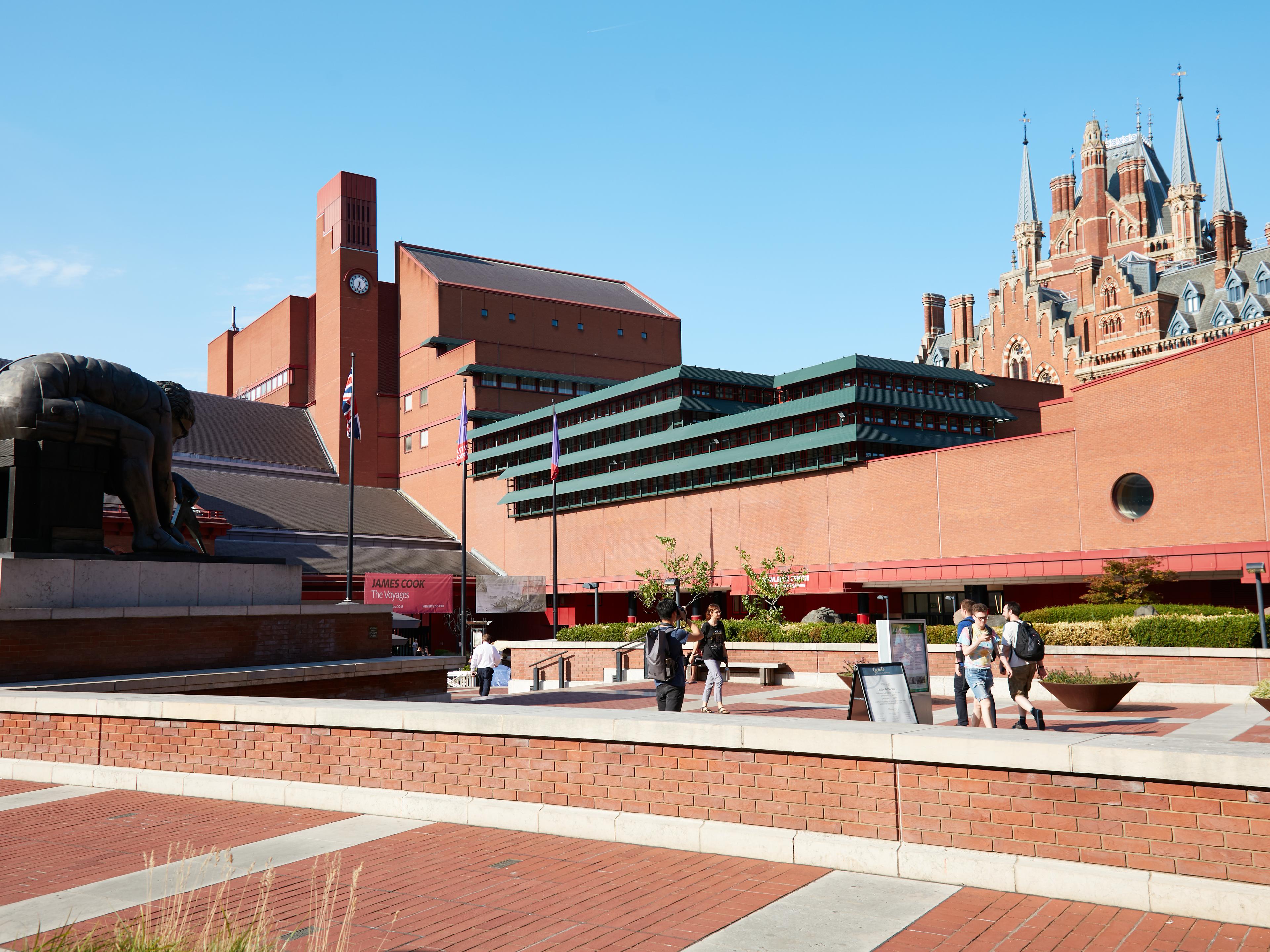
The workspace of the future
by Jack SallabankOver the last 50 years, the developed world has witnessed incredible advances across science and technology. From wonder drugs to new limbs to artificial hearts, science and scientists have enabled us to live longer and healthier lives. But over the coming years those advances will be the equivalent of comparing the Nokia 3210 with a modern-day iPhone.
In his fascinating book The Industries of the Future, Alec Ross describes some of the advances we can expect to see: “In the years ahead, we will live in a world where we’ll be able to target cancer cells with true precision, breathe air out of lungs transplanted from farm animals, and deliver medical treatment from the best hospitals in the world to the poorest, most remote corners of the earth.”

The innovations described by Ross are often developed in high-tech laboratories on science parks located on the outskirts of towns. In the UK such locations include the science parks near Stevenage, Oxford and Cambridge. But now, driven largely by talented young people wanting to live and work in lively and vibrant cities, we are seeing an ‘urbanisation of innovation’ across science and technology. London is a prime example of a city experiencing this movement of science into the city as areas such as King’s Cross, White City, Whitechapel, Stratford and Sutton all evolve into what are being called ‘Knowledge Clusters’.
Knowledge Clusters are geographical locations that attract organisations from the knowledge economy – that is, sectors based on knowledge-intensive activities such as science, healthcare, technology and creative services.
At the heart of a Knowledge Cluster is a strong research base such as a university, hospital or a research institute. This research base is regarded as the ‘anchor institute’ around which others will cluster. A cluster is typically made up of a mixture of start-ups, scale-ups and large anchor corporates. The aim of those locating themselves in the cluster is in part to realise the benefits of agglomeration, such as access to talent, networks, investment or opportunities for collaboration.
The growth of London’s Knowledge Clusters creates a number of interesting planning challenges for local councils, developers and architects. Do we have enough affordable and flexible workspace for start-ups to locate in the cluster? Do we have enough space for successful start-ups to scale into? Do we have enough office space for large corporates to move to the cluster? And do we have commercial laboratory space in the cluster?
The answer to the latter is, invariably, no. Since the turn of the century there has been a shortage of commercial laboratory space across London. A number of factors have influenced this shortage, including the success of out-of-town science parks and a booming office market in London. Developing a laboratory in an urban environment is also expensive, typically 20–30% more expensive in the base build than developing an office building. When building laboratories, in addition to a high base build cost, there is expensive equipment to accommodate, a high turnover of tenants, complex regulatory challenges, health and safety issues, and operational expenses to be factored in.

Despite these challenges, we are set to see a significant volume of commercial laboratories built in London over the next ten years. In King’s Cross the developer Stanhope is planning to build 400,000ft2 of ‘lab-enabled’ space as part of its new development in between the British Library and the Francis Crick Institute. In Whitechapel, Barts Health NHS Trust, Queen Mary University of London, and the Department of Health and Social Care will be working with a developer to create a 400,000ft2 life science campus. In Sutton, as part of the London Cancer Hub, the council is currently looking for a developer partner to build 1,000,000ft2 of laboratory space.
These developments are just the start for London, as more developers and local councils explore the opportunities that developing laboratories can bring to their area. Juliette Morgan, Head of Campus for British Land, was quoted in a recent research report on Knowledge Clusters saying “the property industry has a chance to make a material difference in human wellness if we provide the right spaces for London’s research industries to flourish.”
At the same time as we are seeing science talent move into our cities, we are seeing vast amounts of money spent by the world’s leading nations on the industries of the future. Genomics is tipped to be the next trillion-dollar industry, and Artificial Intelligence is being referred to as the new space race. For the UK to be a part of the race, London will have to be a city where the technology and science innovations of the future can be born. The workspace of the future, therefore, will be a laboratory.

Authors
Jack Sallabank is the founder of Future Places Studio, a place-based research and strategy studio that specialises in exploring the macro and micro trends impacting the built environment.
Publication
This article featured in Exchange Issue No. 1, which explores the future of the workplace sector with architectural discussions, developer interviews, industry expert essays, design case studies and more.
Read more

